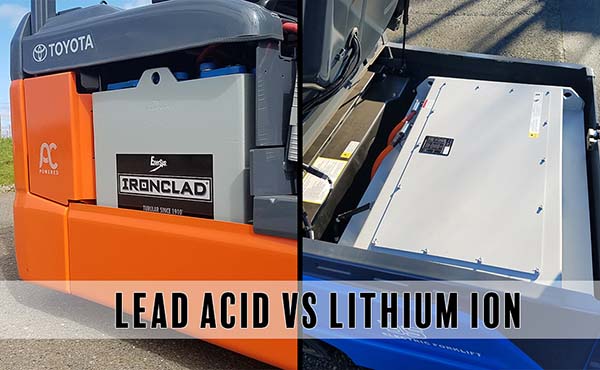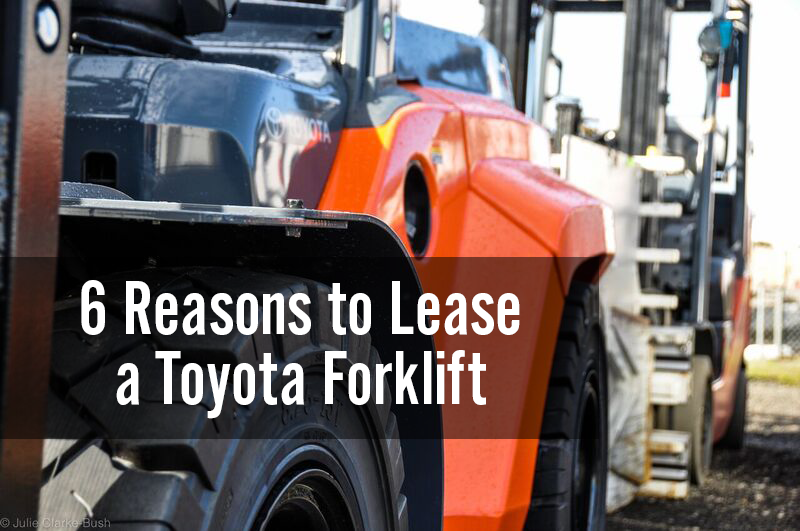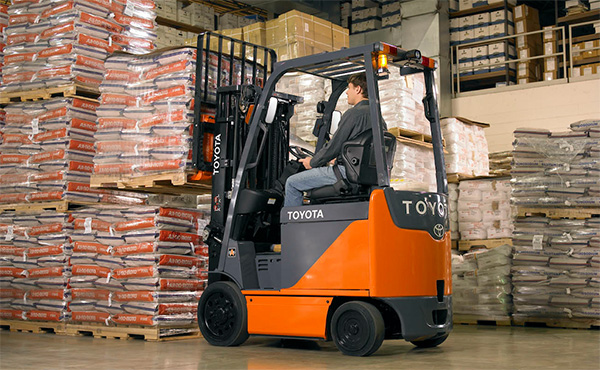
At Toyota, we understand that daily challenges like product flow and line layout can make it difficult to run a productive and efficient operation with limited downtime. Efficiency in component and product delivery can be a game-changer for a wide variety of operations.
Used widely in both manufacturing and warehouse environments to help deliver components that are needed regularly and repetitively, Automated Guided Carts can offer an automated solution that is easy to integrate with little interruption to your operation. And because of reduced movement of associates, they can concentrate on less repetitive delivery tasks and focus directly on their tasks – resulting in immediate ROI.
Discover how AGCs can help you navigate your facility confidently and take your operation to new heights.
- Magnetic Tape Guidance
One key to deciding to move toward automation, and deciding how to begin your move into automating processes, is ease of set up and limiting impact to your day-to-day operation during installation. Setting up Toyota’s AGC in your facility is simple. Trained experts will first help you map out paths and material flow that are specific to your operation. Then, high-strength magnetic tape and unique RFID markers will be applied along the routed path. Durable magnetic tape is used to limit interference from surrounding magnetic sources that can be found naturally on some customers’ floors. The RFID markers confirm the cart’s location and provides additional instructions, further reducing the probability of disrupting the material flow and ensuring reliable performance.
When assessing your automation options, make sure you’re working with a partner who can quickly and seamlessly help you integrate new products and processes in your facility.
- Tow Pin With Spring
While some companies hesitate to invest in new automation solutions because of concerns related to repairs, models like Toyota’s AGCs are built to be reliable and include back up functionality in the rare case of automation failure. Toyota models come with an actuated tow pin with a spring that manually lowers the pin in the event of a misalignment, keeping you on the go, limiting your downtime. When assessing automated cart technology, it’s good to ask your integration partners what might happen in the event of a technology failure.
- Software Enhanced
Seamless technology integration means much more than just easy installation. Prolonging the ease of using automated technology is a main factor in your investment decision. Toyota AGC’s, for example, have a built-in touch screen display that allows you to monitor key information and make changes to your route, speed, and vehicle parameters at the touch of a button – no laptop needed. LIAISON Fleet Management software makes it easy for you to make updates to routes long after the initial installation and requires no licensing fees.
Toyota’s AGCs also have a laser obstacle scanner that allows it to monitor objects or pedestrians in its path, slowing or stopping when an object or pedestrian is detected. Additionally, this scanner can be programmed to fit different zones and allow intuitive operation near pedestrians and within confined spaces. Good automation investment empowers you toward long-term success. When assessing your next steps into automation, take into account the long view of your business success – your automation should grow with you.


